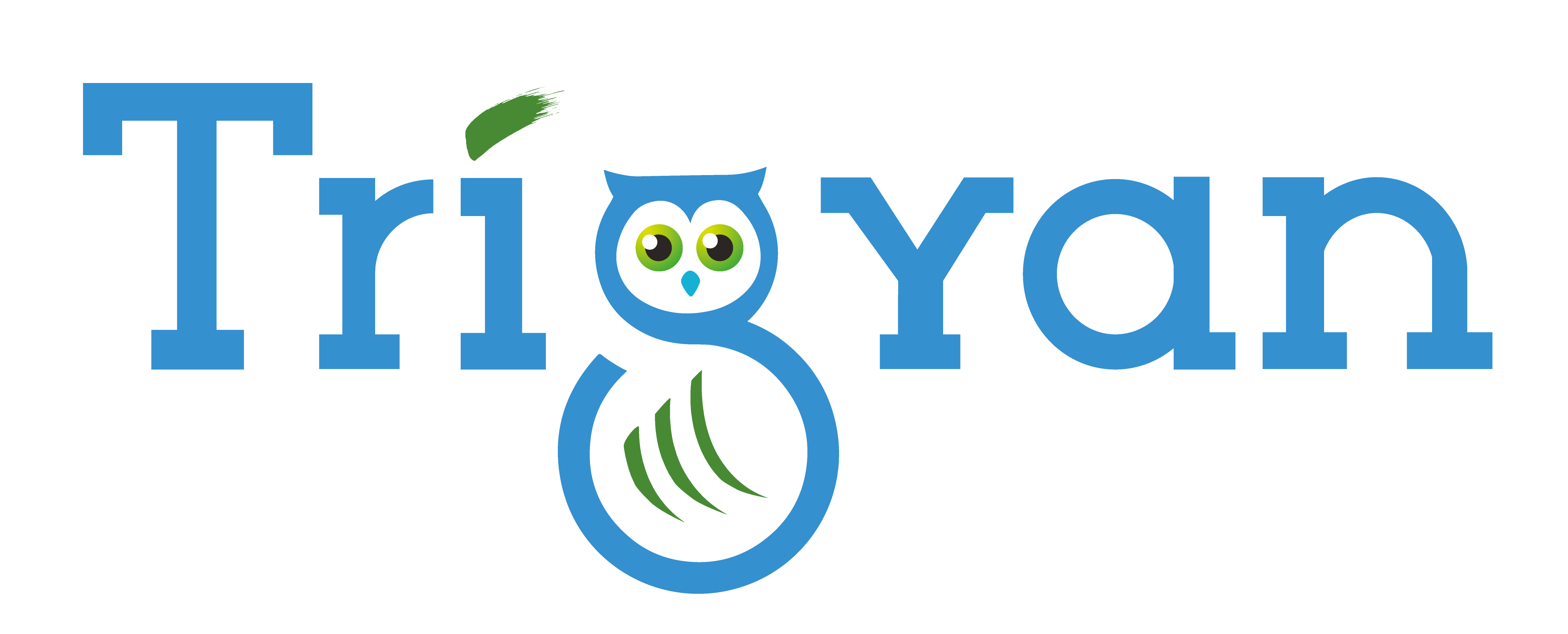TRIGYAN PRODUCT
INTRODUCTION TO KNOWLEDGE GRAPHS AND KNOW YOUR CUSTOMER
The growth of the economy has always been dependent on access to financial resources. In recent years, access to capital has improved as a result of increasing digitization and lenient borrowing regulations from financial services companies. However, along with the growth of the economy, financial crimes are also increasing, and financial services are wary of this fact. Financial services companies have to adhere to stringent regulations about the Know Your Customer (KYC) process to ensure loans do not turn into bad debts or are a part of the money laundering activity.
While there is already anti-money laundering (AML) and transaction monitoring in place, it is not sufficient for the growing sophistication of financial crimes. With the increasing number of information sources, the transaction monitoring system is finding it hard to combine data provided by customers and data available on the internet. This may result in inadequate information about customers which may lead to inaccurate decision-making about lending to customers.
Knowledge graphs can simplify the increased complexity and make the transaction monitoring process easier. In the knowledge graph, standard customer data is collected from KYC processes performed by financial institutions. The knowledge graph generates suspicious activity reports which monitor negative news circulated about the clients as well as client behavior in the digital world through semantic technology. Combining both these resources helps financial institutions make better lending decisions and there is minimal room for fraudulent transactions in the process. With a knowledge graph, it is also possible to establish cash flow relationships between two customers or entities which makes capturing financial transactions easy. This way it makes anti-money laundering and transaction monitoring systems more quick and agile.
A knowledge graph does not follow a rule-based approach while assessing the customer behavior, rather it relies on structural patterns and linkages between data sets which provides a holistic view of customer behavior. Knowledge graphs are well suited for sparse data problems and hence can identify false-positive alarms easily. This gives you additional protection from fraudulent transactions and money laundering possibilities. A knowledge graph categorizes its client’s behavior in non-linear and high-dimensional data sets through which it can inform financial institutions about the borrowing risks associated with lending activity or a customer. The knowledge graph solution also works well with the time series data which is an added advantage that conventional AML and transaction monitoring system does not provide.
KNOWLEDGE GRAPHS AND KYC
KNOWLEDGE GRAPHS AND KYC
With the increasing sophistication of financial crimes, it has become imperative to assess customer behavior across various platforms and make informed lending decisions. A knowledge graph uses a combination of the information collected by the organization and semantics which can predict the quality of the lending decision. Using a knowledge graph, companies can connect different sources of compliance in a meaningful way and apply automated compliance checks.
WHAT ARE SOME KEY BENEFITS OF USING A KG FOR KYC OVER EXISTING TECHNOLOGY?
Organizations may have data scattered across different silos depending upon the source of information. Using a Knowledge graph, this data can be integrated and presented in a queryable way to draw valuable Insights.
-
Knowledge graphs automate the process of regulatory reporting which helps organizations to map and correlate collected data with zero possibility of error due to minimal human intervention.
-
Knowledge graphs help companies to have a look at a broader picture using a combination of semantics and information available in data lakes which reduces the risk of bad debts.
WHAT SORTS OF FIRMS USE KG FOR KYC?
Knowledge graphs are used by financial services companies to assess the lending risk and minimize financial crimes. However, prominent use cases for knowledge graphs can also be found in domains like personalized healthcare, IoT data integration and management, cyber security firms, and geospatial analytics. Knowledge graphs are extensively used in the public sector by the government to get 360 views of criminal cases.
SCENARIOS
BEFORE USING A KG ON YOUR KYC
Before knowledge graphs, companies used to analyze the information provided by customers and customer behavior across digital platforms independently. A lending specialist may go through both of these reports to generate regulatory reporting and make lending decisions. As both of these researches are conducted separately, there is a possibility of missing out on crucial insights which may prove decisive in making lending decisions. Also, with a human element involved, the quality of a lending decision can be hampered depending on the risk-assessing nature of the lending specialist.
AFTER USING A KG FOR KYC
With knowledge graphs, companies collect information from various sources and customer behavior across digital platforms is integrated and then analyzed to obtain valuable insights. Knowledge graphs automated the process of compliance checking and improved the quality of data flows. With minimal human intervention in the decision process, a knowledge graph ensures uniformity in lending decisions which reduces the overall risk for the organization. Automated compliance checks and regulatory reporting speed up the KYC process which enables companies to make correct lending decisions in less time.
WHAT IF WE DECIDE TO DO NOTHING AND WAIT FOR OUR EXISTING SYSTEMS TO BE UPGRADED TO USE KGS?
With increasing competition in the financial services sector, knowledge graphs provide a competitive advantage for a firm to make faster lending decisions. If you choose not to employ knowledge graphs in a KYC process, the process will have loopholes which can be leveraged during sophisticated financial crimes and make your organization susceptible to such crimes. The KYC process of the organization will be slower as compared to the industry players which have adapted the knowledge graph tool and it may result in hampering the customer experience metrics as well.
NEXT STEPS
To learn more about how Trigyan can help you with your KYC project, click the button to contact us.
